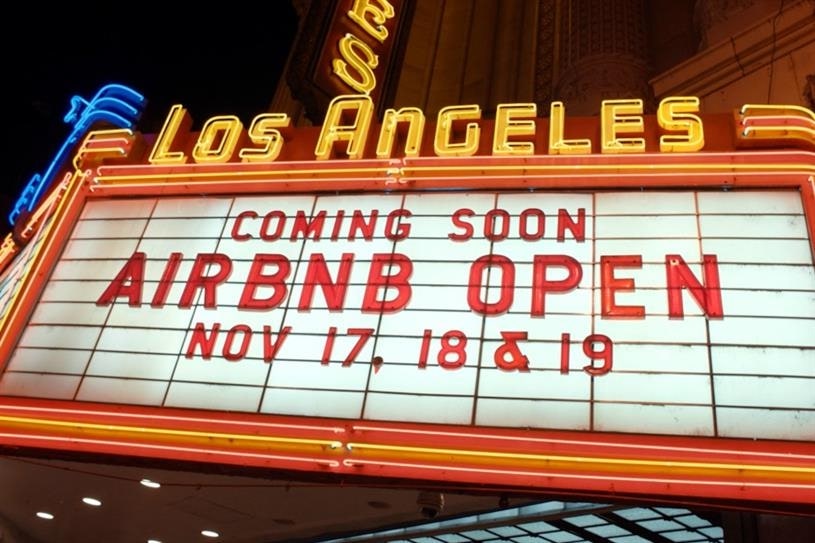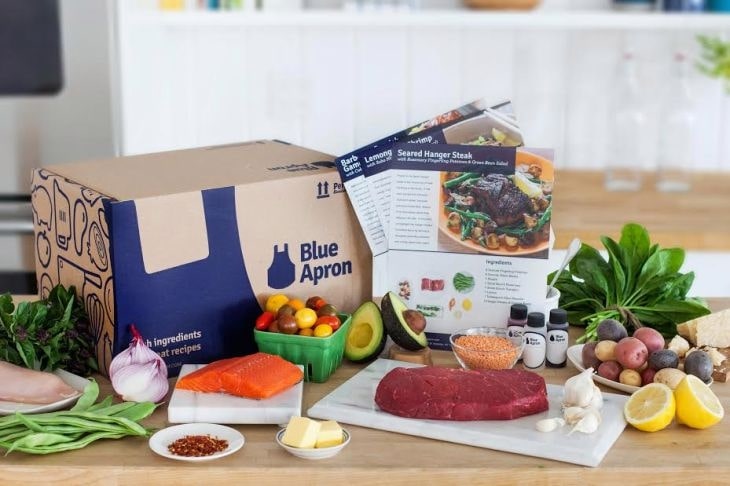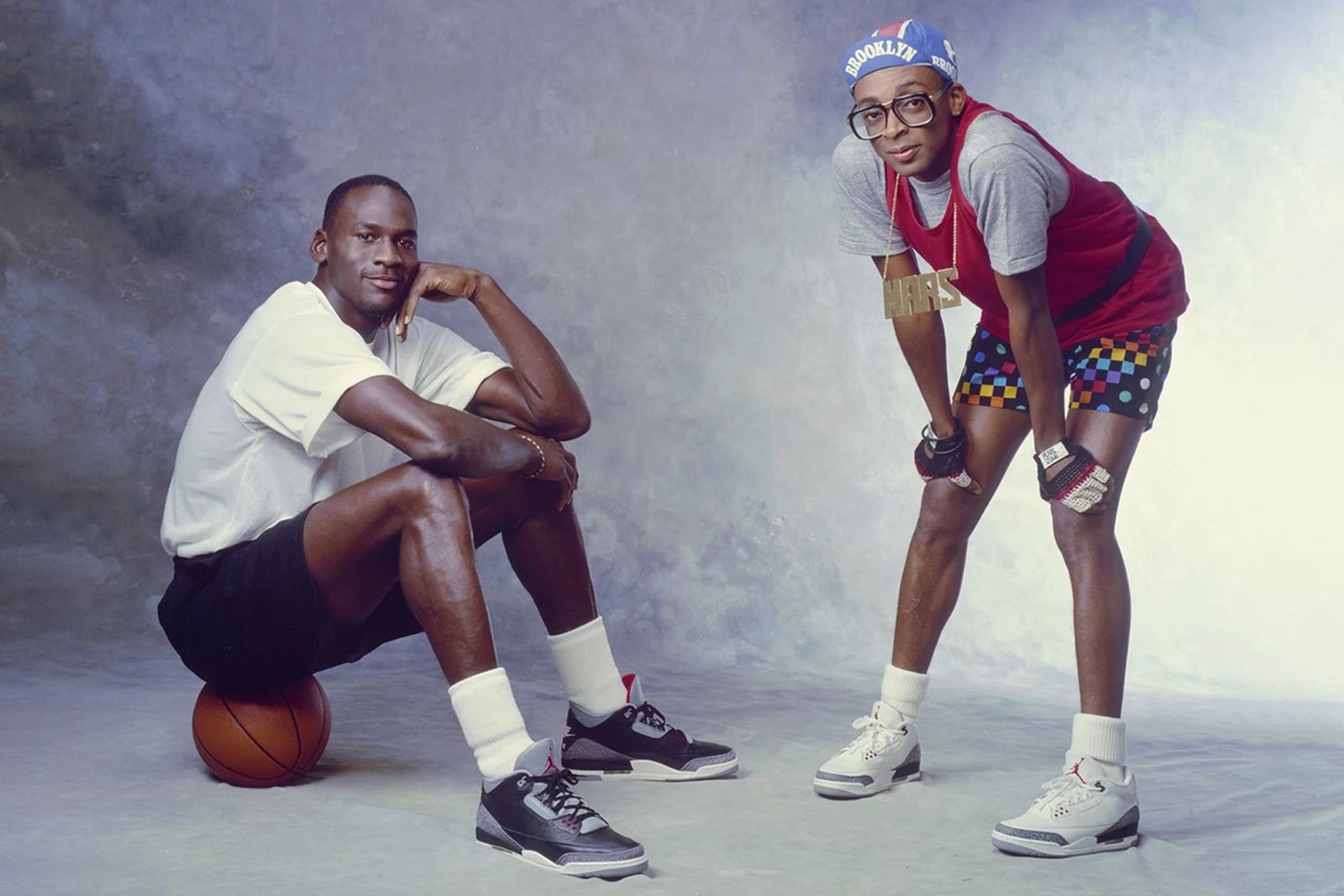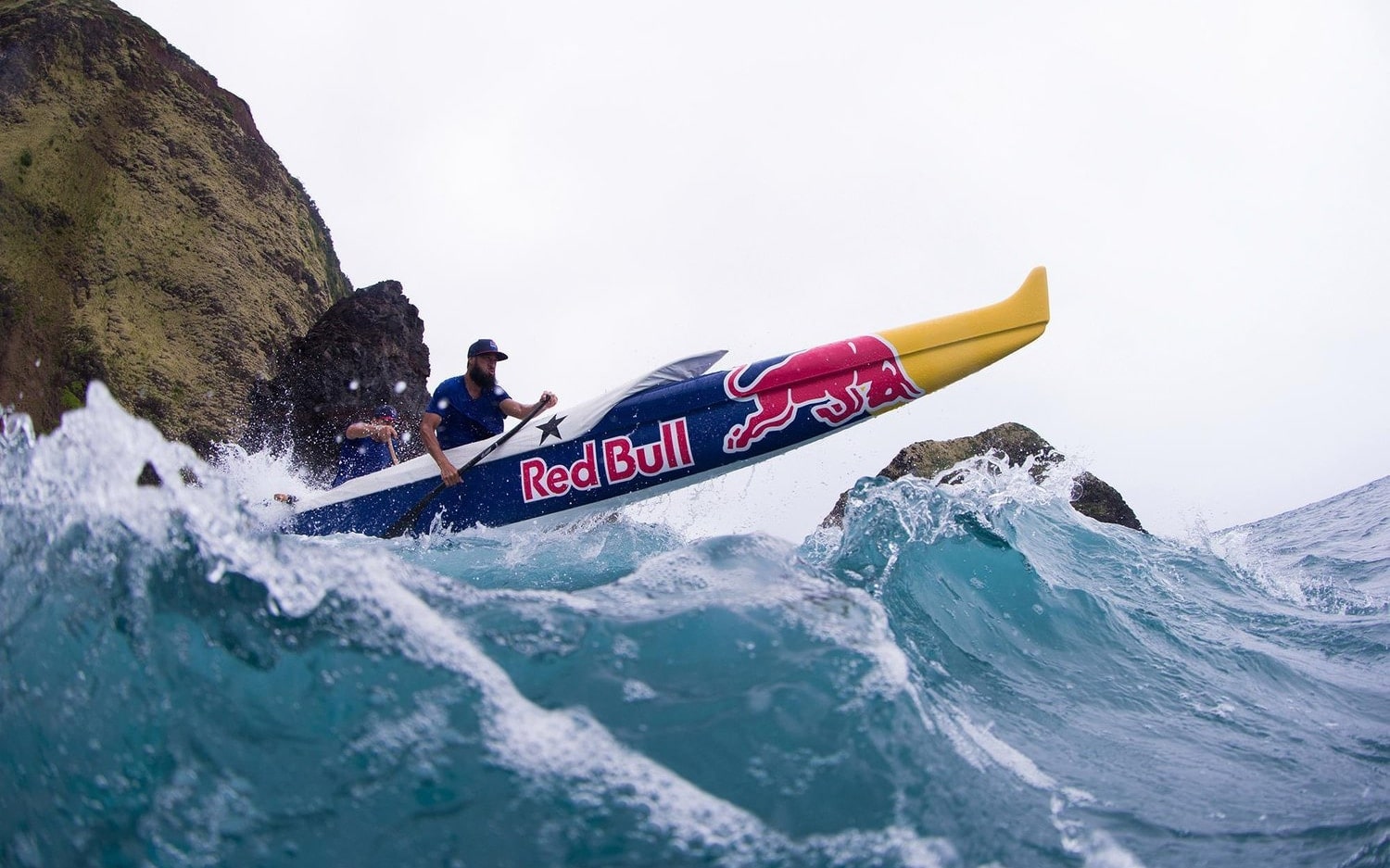How to Build a Successful Lifestyle Branding Strategy - An overall guide in 2021
Most of the time, we consider a brand to have a logo design that helps people recognize us from the competition. Truth be told, branding is far more diversified than commonly believed. It’s no longer just a symbol; it’s part of the overall identity of a product, a business, or a person. Because everyone involved in its creation becomes a part of it, they will almost certainly be linked and associated with it in some way. Due to all of these factors, branding has taken on a new meaning, and a whole business has sprung up around the creation, discovery, and promotion of it.
There are numerous ways to do this, with lifestyle branding being one of them. Instead of using too pushy and sales-driven practices, lifestyle brands employ a more subtle and pleasant approach. It isn’t just about selling items that make lifestyle businesses successful; it is about selling an idea and an attitude that they promote. How can you create a successful lifestyle branding campaign, regardless of whether you work for a business or a charity?
Lifestyle Branding: What Is It and Why Do You Need It?

When it comes to lifestyle brands, a brand’s major approach to connecting with its target audience is by promoting the consumer’s desired way of life. This enticing way of life satisfies a deep-seated want that can’t be met by a product or service-based advertising and messaging.
When it comes to lifestyle brands, they have an in-depth awareness of their target demographics as well as their psychographics. They know what kind of experiences their customers want, as well as the people, places, and things that inspire and encourage them, and they tailor their brand to meet those needs. They know their customers well. They couldn’t inspire their audience or elicit an emotional response without this information.
It is the brand strategy used by lifestyle brands to describe the intended lifestyle, communication technique, associations, and experiences of their audience and to assist them in achieving these. Each of these clearly defined parts enables the brand to construct a picture of the life that their customers want, how this life will make them feel, and most often, what they need to do to get there.
Are lifestyle brands different from “normal” brands?
Regular brands will occasionally do this for a limited period as part of a campaign to accomplish a certain sales objective. This may be a back-to-school campaign focused on parents or a pre-Christmas sales promotion, for example. This may be effective for a short while, but the next campaign may have a new focus. The difference between lifestyle brands and other types of businesses is that lifestyle brands are focused on creating long-term relationships with their customers.

In spite of the growing popularity of emotional storytelling, traditional brands continue to put their product or service in the spotlight. Rather than emphasizing the product itself, lifestyle brands focus on the experiences and lifestyle of their customers in order to build a better connection and a greater emotional attachment to that lifestyle.
Lifestyle brands are differentiated by their use of storytelling. The ability to tell stories on a personal level is encoded into our brains, and it can be applied in the workplace as well. With the right stories, buyers will feel like they’re getting to know you. Consumers are drawn to lifestyle companies because they tell fascinating tales about their products.
Why is The Lifestyle Branding Strategy Effective?
In part, the success of lifestyle brands can be attributed to the strength of human aspirations. Using lifestyle brands, we may meet our emotional need to live a life we enjoy and to be the greatest person we can be at our core. In order to do this, we must have a clear picture of who we are and what we want to become. It goes well beyond demographics or making guesses about our potential interests. Lifestyle brands recognize and then emphasize the connections between their brand and our lifestyles.
Having a relationship with a lifestyle brand helps us to put ourselves in the shoes of that lifestyle and identify with the people who live it. Being a lifestyle brand, however, necessitates providing customers with high-quality products and services. Emotional connections with brands are worth more to customers.
It’s impossible to know what will work because we’re all so unique. It’s easier to construct a picture of your life that appeals to your audience when you know exactly who they are and what they want out of it.
7 Best lifestyle branding strategies to help businesses establish their own way of life
Sketch your initial ideas
Identifying your target market is the first step. Record their actions, feelings, and preferences in a journal. Learn about their way of life so you can fit in with them.
Determine the objective and vision of your company. What are the benefits to the person and the community as a whole? What are the brand’s fundamental beliefs and values? Defining your brand’s beliefs and values gives it a solid foundation, clarifies its mission, and ensures its decisions are made with integrity. It also helps your brand’s message be heard. Your brand’s personality, purpose, and drive, as well as your company’s positioning and direction, will begin to take shape as a result of this process.
Decide on the mood board that best communicates and represents the ideals of your company. Create a logo based on the mood board and guiding principles to give your creation a name. Try to imagine what your target audience will think of it. Check to see if the logo conveys the right energy and tone while also connecting with your target audience’s culture.
Decide on the voice, tone, and message of your lifestyle brand
Your brand’s “speech” is a reflection of your character and values. Depending on these characteristics, it may be described as compassionate, playful, intellectual, bold, or any combination of the above. They will also assist you in determining which means of communication are most effective in reaching your target audience.

Conscious consumers are far more knowledgeable about how your brand speaks. They have an innate sense of being lied to or being told the truth, and they can detect the difference between the two. To stand out, magnify, and cut through today’s marketing noise, you must have your brand’s spirit and the way it talks in sync.
Text, text, headlines, words, and other elements of communication have life and movement to them. In order to effectively communicate with family and friends, it’s important to pay attention to the words you use, the vocal tone you employ, and how you speak. Put your lifestyle brand under the same rigors of marketing. Make sure your copy and any phrasing match your brand’s personality once you’ve decided on the tone.
Create a community with similar viewpoints
A sense of community is generated when lifestyle companies successfully build an engaged group of individuals who are all facing in the same direction, pulling in the same direction, and singing the same song.

The Airbnb Open Community Festival, which is a prologue to a larger move into developing cutting-edge 360-degree travel experiences, such as social good, stargazing, and possible print partnerships with Hearst Media, is an example of how Airbnb has smoothly shifted into branded experiences.
Prepare for the future by anticipating demands
In order to build a fresh relationship with companies, it’s critical to foster independent curation and experience. Using new information gathering and experience-sharing platforms, we now expect them to change and facilitate every part of our daily lives.
Media company Monocle, for example, revealed plans in 2017 for a first-of-its-kind news kiosk in London’s Paddington Station offering a varied range of magazines, newspapers, and worldwide newspapers printed on-demand to expand on its radio broadcasting and publishing services.
Stop focusing on Products Only
It’s easy to get sucked into the details of the actual products. It has been drilled into our heads for years to do this. You must bring your goods in front of clients if you want to sell them.. The world is shifting. Think about who your customers are and what they want to become instead of what you’re selling.
Instead of emphasizing your items, promote a way of life. Utilize your lifestyle products in your photographs and urge sponsored athletes and social media influencers to use them and mention them. However, your attention should be drawn to the way of living in general.
Be practical and relevant
The way a brand is integrated into the lives of consumers is a core assumption of the lifestyle branding approach.
This technique is harmed by aggressive sales practices that squeeze products and services down the throats of the audience. No one wants to be sold to, therefore promoting a lifestyle that encourages sales would be counterproductive. The lifestyle brand simply makes its products and services available to the public like an old friend providing a helping hand through social media platforms or informative and helpful email campaigns..
While the audience will be relieved that they aren’t being forced to buy, the company will also be credited with helping them achieve their goals because of this.
Drive positive changes
Brands that go above and beyond the product offer to serve as social influencers, educators, and campaigners are becoming increasingly sought after as a result of the lifestyle trend and attitude.
To be successful, a lifestyle brand must have faith in its own worth. Even though there will be various types of external forces pressing your brand to alter and adapt, your brand’s identity and durability to social pressures will be strengthened if it remains true to its basic ideas as much as possible. Trying to keep up with the latest fads and strategies gives the impression to customers that your company is unsure of its direction.

When it comes to fresh ingredient and recipe delivery services, like Blue Apron, the company has already established itself as the market leader. However, it is now ready to take its mission to the next level by focusing on the journey its food takes, including the relationships it has with family farms, in connection with its ultimate ambition for a better food supply.
Choose the right business partners

Even by being associated with a bad actor, your company’s reputation could be ruined. The people with whom you link yourself can bring you fantastic possibilities, so choose deliberately who your brand collaborates and networks with. Your brand goal will allow you to manage the myriad marketing possibilities available to you and uncover potential partners and influencers if you establish values and principles for your brand.
To be successful in the lifestyle business, you need to build solid relationships with your customers. Like in high school, you were assessed based on who you hung out with. You made new acquaintances who could identify with you, and you developed stronger bonds with them as a result of this.
Analyze the companies that are active in your target market’s culture to see if there are any prospects for networking. These collaborations may aid in strengthening your brand’s position.
Examples of successful lifestyle branding implementation
Nike
Nike is well-known among sports fans. The company has become one of the finest sports lifestyle brands because of its relationship with players. As a result of consumers’ strong emotional attachment to sports heroes and their catchphrase “just do it,” the athletic apparel business has seen an increase in sales. The bottom line is that Nike makes the average individual feel more like an exceptional athlete by supporting them. Like many of the NBA’s marketing campaigns, they used celebrities to help spread the word.

As well as fostering a sense of belonging to a team of professional athletes, the company’s lifestyle goods serve as gateways to better health and well-being. Are you apprehensive about doing anything new like working out? When it comes to Nike items, they’re not just for the gym; they also make fashionable leisure gear. Customers of the company have the opportunity to create a lifestyle that combines their current way of life with the Nike way of life they wish to have in the future.
Red Bull
Red Bull had the opportunity to start over with a new energy drink category and do whatever they wanted. Ultimately, their goal was to become synonymous with the word “Extreme,” and their plan was to integrate themselves into extreme sports as a lifestyle.

On top of that, these athletes began organizing their own competitions and grabbing media for their own brand as well as for the sports they were a part of.
There is a door into the world of extreme sports for pros, amateurs, and fans through their media production company and social media channels that distribute branded content as well as user-generated content (UGC).
Ikea
Ikea has never been a traditional furniture retailer. To put it another way, they pushed the envelope and changed everything. This includes a warehouse with a showroom and a full assembly staff, in addition to the restaurant that Ikea stores are known for having. Ikea is the greatest furniture company ever thanks to collaborations with well-known designers. This Swedish lifestyle brand has become something of a “cult” phenomenon and is well-known throughout the world. Many young couples on a tight budget, but who nevertheless desire high-quality furnishings, will most likely make a trip to Ikea. Individuals have utilized the brand to show their sense of style.

The brand’s “Let’s Celebrate Sleep, Everyday” lifestyle marketing campaign demonstrates how a brand may urge its customers to live better. The company not only offers high-quality furniture but also opens the door to a world of affordable luxury.
Final Words
If you’re going to promote a product or service on the internet, plan out your strategy first. Small businesses will never be able to afford a million dollars, but huge corporations will make back the money in no time if their campaign is well-executed. Focus on the narrative and listen to your audience because their opinions count the most. Find ways to connect with them so that you and your audience are both happy and up to date with what’s going on.
Because the competition is so fierce these days, it’s crucial to remember that your lifestyle brand strategy’s originality and breadth might be just as significant as how much money you have in the bank.
New Posts






